Giacomo’s Experience
Giacomo BighinS2DS Alumni Autumn 2022When I joined S2DS Autumn 2022, I did not exactly know what to expect: after a PhD and six years working as a postdoc in Theoretical Physics, I wanted to explore new career opportunities outside academia, and S2DS presented me with the chance to dive into data science for five weeks within a bootcamp tailored for people with an advanced degree in the sciences. I told myself, ‘Why not?’ After all I was curious to see what all the fuss about data science was.
At the very beginning of the bootcamp, in late October, for sure I was expecting a large number of 'foundational' classes — clearly a bias from academia — whereas this was not the case, as the project work at S2DS started from day 1. In a matter of hours, I found myself working within a team of talented scientists, holding meetings with our client from the industry, and working hard towards delivering our final product.
The first very welcome surprise was that my skills are much more transferrable to data science than I could expect. As a physicist working on numerical simulations of complex systems, I had been exposed to artificial intelligence, big data, and parallel computing, but I had serious doubts that my academic experience would transfer well to the industry. S2DS lesson #1: my doubts were completely unfounded, my background is precisely relevant, and my skills are in high demand in the industry. In a matter of days I was making constant progress towards solving a real-world data science problem!
During the whole five weeks I was also surprised by the very fast pace. A typical day at S2DS is actually the same as a real data scientist: one starts in the morning with a short scrum meeting with the whole team, during the day there might be 1-to-1 meetings with teammmates or with the technical mentor, as well as — once or twice per week — a meeting with the client. I greatly enjoyed the focus and clarity this line of work promotes, even though I was very sceptical at the very beginning that we could end up with a working prototype in five weeks. Again, I was very surprised as I saw my team's project quickly taking shape; already at the midterm presentations we had some very encouraging preliminary results, whereas at the end of the five weeks we delivered to our client a working, validated prototype. S2DS lesson #2: things in the industry happen at a much faster pace than in academia; five weeks are enough to deliver a working product. This felt extremely rewarding!
For my S2DS project, I worked with the Data for Children Collaborative (DFCCU) with UNICEF. One of the problems they are trying to solve is the huge digital divide in developing countries: more than two-thirds of the world’s school-age children do not have access to the Internet! During S2DS, my team worked with satellite images our client provided to us and developed a deep-learning model to establish the best way of connecting schools to the Internet. We obtained excellent results, demonstrating that our model can be more cost effective than the current state of the art tool in the field. All in all, I worked on an exciting project, motivated by a real need in the industry, and interacted with experienced data scientists every day. S2DS lesson #3: many researchers have mixed feelings about leaving academia. I always told myself that I loved academic research, but this is not entirely true; what I actually love is working on exciting problems. Through S2DS I discovered that there are incredibly interesting problems also outside of academia. Actually, looking at the AI landscape, I am not so sure that the most interesting problems in the world are being solved in academia at all!
Last but not least, S2DS also provided us with a technical mentor and a number of seminars to complement the project work: we received a crash course about the data science job market, how to prepare a CV, how to negotiate a salary, and good coding practices—pretty much everything an academic ever wanted to know about the industry job market. I just finished my S2DS experience, and I hope these newly acquired job-negotiation skills will be in use very soon since finding a data science job now feels like a much less daunting task. In conclusion, I would strongly suggest S2DS to anyone who is in academia and wants to explore different options. You might be surprised by how friendly, familiar, and rewarding industry and, more specifically, data science can be.

